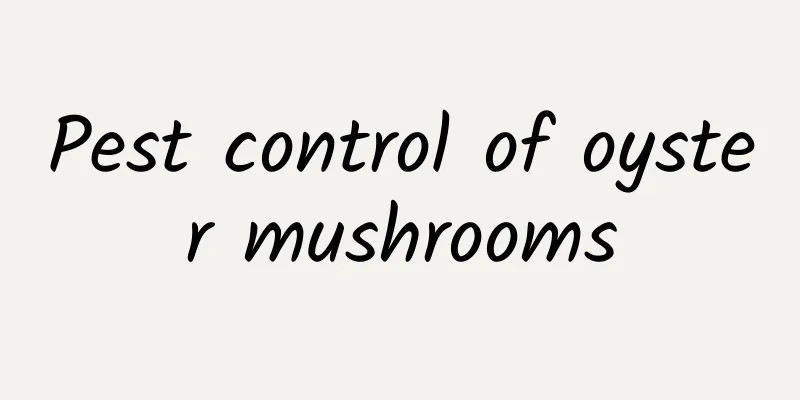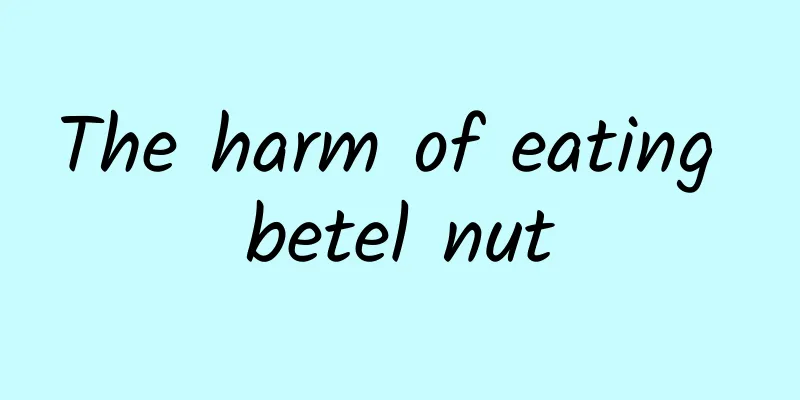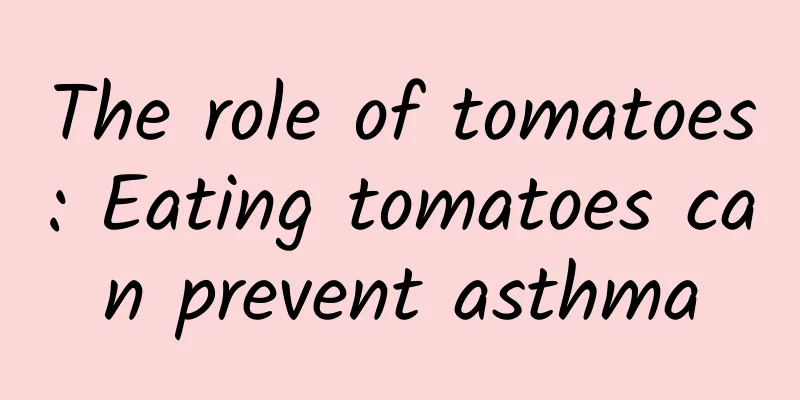Pest control of oyster mushrooms

|
In the process of growing oyster mushrooms, there are not only diseases but also various diseases. So today I will give you a detailed introduction to the methods of controlling oyster mushroom pests: Introduction to Oyster Mushroom:Common pests of Oyster mushroom include mushroom flies, mushroom mosquitoes, mites, nematodes, springtails, and slugs. They lay eggs in the culture medium, and the larvae reproduce in the culture medium, harming the mycelium and causing the culture medium to rot. Adult insects such as noctuids also eat the stalks and mycelium of Oyster mushrooms and spread pathogens. In addition, prevention should be done throughout the cultivation and fruiting process. Mice eating mushroom seeds, crawling on the bed materials, or biting the mushroom tube bags are also problems that lead to reduced production. Precautions:Pay attention to environmental hygiene. Clean the mushroom house inside and out before planting mushrooms, and spray it with formalin, dichlorvos or pyrethroids, or fumigate it with aerosol before entering the house for sowing and inoculation. The plastic film and other utensils used for bed planting should be disinfected before use, and cleaned up in time after use. Clean up the debris dropped during inoculation, close the doors and windows, and install window screens if conditions permit, to reduce the invasion of insects and rodents. Treatment measures:When mold species such as Penicillium and green mold appear locally on the mushroom bed, you can sprinkle lime or carbendazim powder on the surface of the fungi, or use cotton to dip some potassium permanganate aqueous solution to cover the fungi to inhibit their growth. Diseased oyster mushrooms should be removed in time. When insect pests appear, they should be killed in time with pyrethroids, mushroom insect cleaners or other low-toxic drugs. Please note that during the mushroom-growing period, it is best to spray pesticides after harvesting a batch of mushrooms when there are no mushrooms left, so as to avoid the impact of pesticide residues on human consumption of mushrooms, and to prevent the impact on small mushrooms, which may easily cause deformities. |
<<: Symptoms and prevention of Pleurotus ostreatus yellow mushroom disease
>>: How to cook oyster mushrooms
Recommend
How is Tajik Air? Tajik Air Reviews and Website Information
What is Tajik Air? Tajik Air is one of the earlies...
What are the benefits of eating alkaline foods?
Many people have heard that foods can be divided ...
The disadvantages of children drinking too much milk The disadvantages of children drinking too much milk
Nowadays, parents like to give their children som...
The efficacy and function of Nepeta honey
Nepeta is a common wild plant in Hubei. Its whole...
What are the benefits of eating lotus root?
In our diet, fresh lotus root can be made into di...
Green King's efficacy and function
Green King is another name for a vegetable we oft...
Is cat shit fruit delicious? How to eat cat shit fruit?
There are many strange things in the world, and t...
How is Prince College? Prince College reviews and website information
What is Putra International College? Putra Interna...
Lily and Red Dates Porridge
How many people know how to make lily and red dat...
The efficacy and function of tree mushrooms. The steps of making tree mushrooms
Tree mushrooms, under natural conditions, tea tre...
How to make aloe vera juice and how to make edible aloe vera juice
Many people who pay attention to health have hear...
Ingredients and steps for making glutinous rice and yam porridge
If you want a beautiful face and a slim figure, i...
The nutritional value and efficacy of sea cucumbers and how to eat them
Sea cucumber is a precious seafood with rich toni...
The efficacy and function of wild sour fat The medicinal value of wild sour fat
Wild sour fat is an alternative name for the frui...
The role and efficacy of sesame oil
Sesame oil, also known as sesame oil, is a common...









